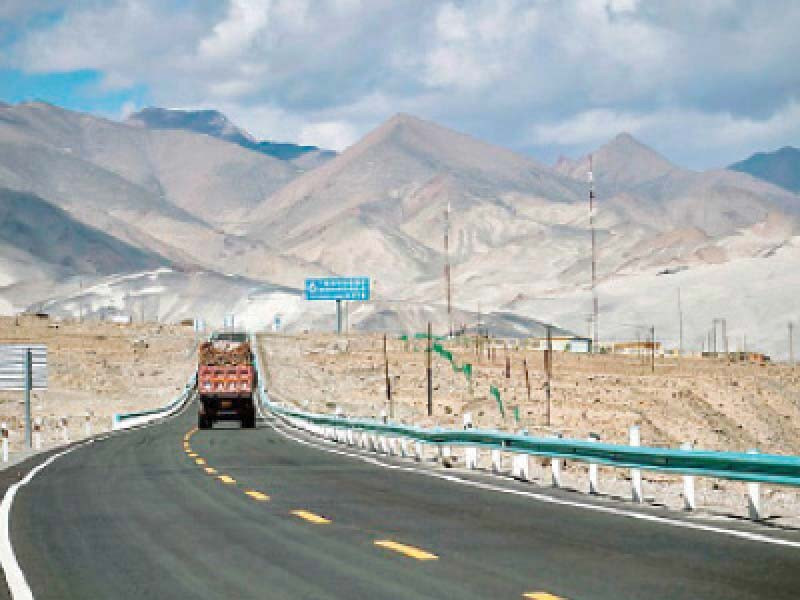
The announcement of 20th National Congress of the Communist Party of China has triggered a new wave of propaganda and smear campaign against Beijing.
International media, in collaboration with think tanks, is targeting different initiatives of China and the China-Pakistan Economic Corridor (CPEC) is one of them. It is the most favourite punching bag for the opponents, as they want to achieve multiple goals by targeting CPEC.
Although the campaign against CPEC started even before the launch of the programme, in recent months we have witnessed unprecedented acceleration. Thus, it is necessary to present facts and data to counter the propaganda.
CPEC started at a time when Pakistan was entangled in multiple problems including terrorism, load-shedding, energy shortages, declining FDI, increasing debt and shrinking economic and livelihood opportunities.
Pakistan was paying the price of being the frontline ally in the war on terror. Regrettably, our allies disowned us and let us to suffer. Rather, they ran campaigns to malign Pakistan and paint image of an unsafe country for investment.
Pakistan lost 70,000 citizens and many more sustained lifelong disabilities. Economic cost crossed $100 billion. Pakistan needed $1.5 billion to rehabilitate the transport infrastructure, which deteriorated due to NATO supplies.
Apart from these, energy crisis brought the economy to its knees as the country was losing $4-5 billion annually. Through CPEC, Pakistan has built an extensive network of infrastructure like Peshawar-Karachi Motorway, Multan-Sukkur Section (392 km), KKH Phase-II Havelian-Thakot and Orange Line Metro in Lahore, which are major achievements of the first phase.
There are also a good number of projects that are near completion which include Khuzdar-Basima N-30 (46%), Awaran-Hoshab Section of M-8, Eastbay Expressway (84%) and the motorway from Burhan-Hakla on M-I to DI Khan (85%).
Fibre optic and Digital Terrestrial Multimedia Broadcast are major milestones on the digital front for improving the connectivity infrastructure.
CPEC has created 85,000 direct jobs and much more indirect jobs. A majority of the beneficiaries of job creation are from Pakistan.
For instance, China Overseas Port Holding Company created more than 4,000 jobs during the first phase. The count of local employees was 3,800 while Chinese employees were only 200. Sahiwal plant created 8,436 jobs during the construction phase and the ratio of Pakistani and Chinese employees was 63:37. Now, it is employing 1,683 people and the proportion is 61:39. China also trained 245 engineers and 377 officers and lower staff.
Port Qasim project helped to create 4,000 jobs during the construction phase and employed Pakistani and Chinese employees in the proportion of 75:25.
Moreover, China trained 600 engineers and 2,000 officers and lower staff. Now, it is employing 1,270 employees with the proportion of 76:24.
These facts are entirely different from the propaganda that claims Chinese companies are bringing labour from China.
Under CPEC, Pakistan and China have expanded cooperation in agriculture and signed specific MoUs. The agreed areas of work are technology transfer and collaboration in R&D, enhancing agricultural trade, cooperation in agro-industry, and livestock and dairy.
There is special focus on marginalised areas and Balochistan has been identified as a priority region.
Both governments are also working to establish eight research centres for joint research across Pakistan through government-to-government cooperation.
These research centres and laboratories will be equipped with state-of-the-art machinery and technology. Each research centre will take care of specific research areas according to the needs of Pakistan and agro-ecological zones.
The practical implementation of projects has started. For example, this year rice and cotton crops have shown excellent growth in productivity, which is due to the provision of better quality seeds through this cooperation.
Moreover, during the last fiscal year, the export of agricultural commodities from Pakistan to China almost touched $1 billion.
Energy is another area where CPEC has helped Pakistan immensely. Prior to CPEC, Pakistan was going through the worst energy crisis. Therefore, both countries selected energy as the top priority. Chinese companies, in cooperation with Pakistani institutions, launched a series of energy projects.
It is satisfactory to note that Sahiwal Coal Power Plant, Port Qasim plant, Hubco plant, Engro Thar Coal Power Plant and Mine, Hydro China Dawood Wind Farm, Quaid-e-Azam Solar Park, UEP Wind Farm, Sachal Wind Farm, Three Gorges Second and Third Wind Power Project and Karot Hydropower Project have been completed.
These projects have immensely contributed to managing load-shedding and reviving the industry and economy.
In 2019, the World Bank published a series of studies including Common Transport Infrastructure, A Quantitative Model and Estimates from the Belt and Road Initiative, The Belt and Road Initiative Economic, Poverty and Environmental Impacts, The Belt and Road Initiative Economic Opportunities and Risks of Transport Corridors to decode the potential benefits of BRI and CPEC.
These reports highlighted that CPEC would help Pakistan to accelerate economic growth and development, especially in low developed areas like Balochistan.
China is cognisant of the fact that Pakistan needs assistance in the social sector, especially in the field of skills development. Hence, it offered $1.1 billion for social development, especially for skills development. Moreover, China is building a skills development institute in Gwadar.
There should be no doubt about the potential of Gwadar. It will not only act as a hub of connectivity, but it will also help Pakistan to attract foreign investment through the Special and Free Economic Zones.
In the end, we can draw four lessons. First, the propaganda against CPEC has no ground in the face of credible data. Second, CPEC is a long-term programme and its full potential will be realised after completion of the programme. Third, do not mix Gwadar Port with Gwadar city development, because the city is the responsibility of Pakistan. Fourth, Gwadar should not be discussed in isolation.
The writer is a political economist
Published in The Express Tribune, August 15th, 2022.
Like Business on Facebook, follow @TribuneBiz on Twitter to stay informed and join in the conversation.








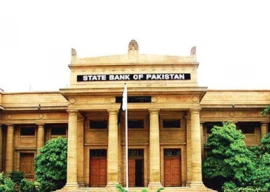


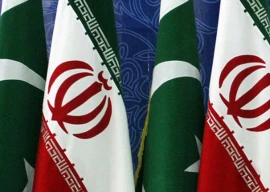
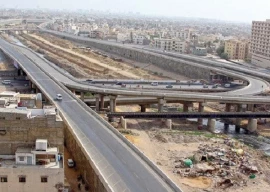
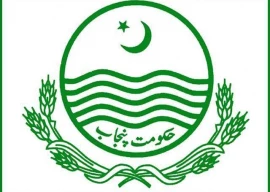


1734587529-0/Express-Tribune-(1)1734587529-0-270x192.webp)







COMMENTS (3)
Comments are moderated and generally will be posted if they are on-topic and not abusive.
For more information, please see our Comments FAQ